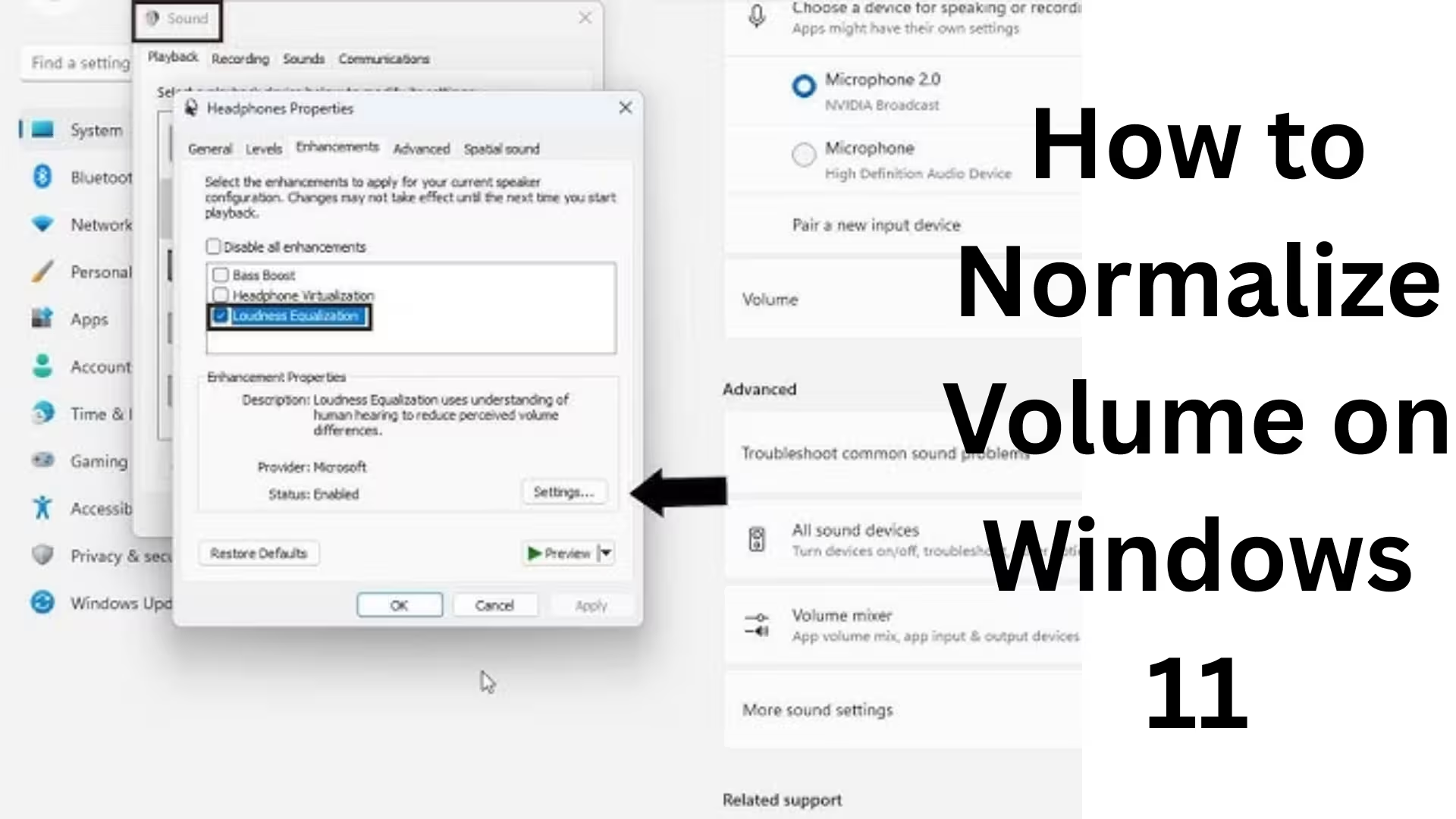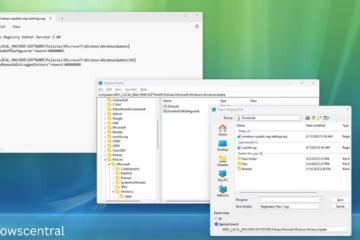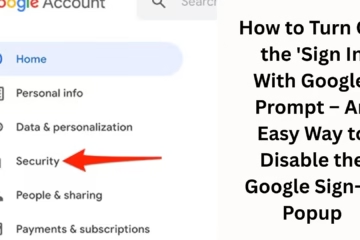Windows 11 is a modern and smart operating system, but the sudden fluctuations in volume across different apps, videos, games, and calls are still a major problem for many users. Sometimes a YouTube video plays too loudly, while other times the sound from meeting apps is extremely low. In such cases, volume normalization becomes essential.
In this article, we will explain in detail all the effective and professional methods for normalizing volume in Windows 11, so that you can get a consistent, balanced, and comfortable audio experience across every app and every sound.
What is Volume Normalization and Why is it Needed?
Volume normalization means bringing all apps, media, and system sounds to a consistent volume level.
In Windows 11, sounds from different sources are at different levels, which can lead to:
Sudden loud noises can damage your hearing
Difficulty hearing the speaker clearly during meetings or calls
An unbalanced video and music experience
Therefore, normalizing audio levels is a smart and necessary solution.
Using Built-in Loudness Equalization in Windows 11
What is Loudness Equalization?
Loudness Equalization is a built-in feature of Windows 11 that boosts quiet sounds and controls loud sounds to keep the overall audio balanced.
Steps to Enable Loudness Equalization
1. Right-click on the speaker icon in the Taskbar
2. Open Sound settings
3. Scroll down and click on More sound settings
4. In the Playback tab, select your Active Speaker/Headphone
5. Click on Properties
6. Open the Enhancements tab
7. Enable Loudness Equalization
8. Click Apply and then OK
This method is considered the safest and most effective volume normalization solution in Windows 11.
App-Wise Volume Balancing with Windows 11 Volume Mixer
Importance of Volume Mixer
Windows 11’s Volume Mixer allows you to control the volume of each app individually, enabling you to manually normalize the volume. How to Use Volume Mixer
1. Settings → System → Sound
2. Scroll down and open Volume mixer
3. Adjust the volume for each app (Chrome, VLC, Zoom, Games)
4. Set all apps to a consistent level (e.g., 70–80%)
This method is especially useful for users who use Windows 11 for both work and entertainment.
Normalizing Sound with Audio Enhancements in Windows 11
Why Audio Enhancements are Important
Audio Enhancements help make the sound clearer, more balanced, and stable.
Enabling Process
Sound Settings → Output Device
Enable the Enhanced audio option
Activate Advanced Audio Enhancements if available
This reduces the difference between low and high volumes.
Advanced Volume Normalization with Third-Party Software
If you need professional-level control, third-party tools are incredibly helpful.
1. Equalizer APO
System-wide Volume Normalization
Affects every app equally
Low-latency and free
This is the best option for advanced users.
2. VLC Media Player Normalize Feature
Built-in normalization for videos and music
Preferences → Audio → Normalize Volume
Especially useful for those watching movies and listening to music.
3. Boom 3D for Windows
Smart Volume Technology
Automatic Loudness Balance
Premium Audio Experience
Excellent for both headphones and speakers.
Specific Solutions for Volume Normalization in Bluetooth and Headphones
Bluetooth devices often have inconsistent volume levels.
The Right Solution
Disable Absolute Volume in Device Properties
Enable Auto Volume Leveling within your headphone software (JBL, Sony, Realtek)
Keep Windows Sound Enhancements active
This eliminates sudden loud noises in wireless audio.
Volume Normalization Tips for Meetings and Online Classes
Disable Automatically adjust microphone volume in Zoom/Teams
Keep Loudness Equalization enabled at the system level
Set a fixed Master Volume (75–80%)
This ensures clear, stable, and professional-sounding audio during calls. How to Normalize Volume in Windows 11 During Gaming
Use the Game Launcher’s Volume Mixer
Keep background app volume low
Loudness Equalization balances explosions and dialogue
Provides an immersive yet safe audio experience during gaming.
Windows 11 Volume Normalization Problems and Solutions
Common Problems
Loudness Equalization option missing
Outdated audio driver
Custom sound software conflict
Solutions
Update to the latest audio driver
Select the correct default playback device
Test by disabling/enabling enhancements
Benefits of Windows 11 Volume Normalization
Hearing protection
Improved audio quality
Balance between work and entertainment
Professional sound output
Conclusion: How to Achieve Perfect Volume Balance in Windows 11
Normalizing volume in Windows 11 isn’t difficult; it simply requires using the right features and settings. Loudness Equalization, Volume Mixer, and Audio Enhancements work together to perfectly balance your system’s sound. If you desire more advanced control, third-party tools can provide even better results.
Once properly set up, you’ll enjoy a consistent, comfortable, and safe audio experience across every app, video, and call.
Want to grow your website organically? Contact us now
FAQs: Frequently Asked Questions about Volume Normalization in Windows 11
Q1. What is Volume Normalization in Windows 11?
Volume Normalization means bringing all apps, videos, games, and system sounds to a consistent and balanced volume level so that the sound doesn’t suddenly become too loud or too quiet.
Q2. Is there a built-in feature for Volume Normalization in Windows 11?
Yes, Windows 11 has a built-in feature called Loudness Equalization, which automatically balances the audio.
Q3. Where can I find Loudness Equalization in Windows 11?
This option is located in Sound Settings → More Sound Settings → Playback → Speaker Properties → Enhancements.
Q4. What are the benefits of enabling Loudness Equalization?
This feature amplifies quiet sounds and controls very loud sounds, making the audio more comfortable to listen to.
Q5. Can Volume Normalization be done using the Volume Mixer?
Yes, you can manually normalize the volume by adjusting the volume of each app individually using the Volume Mixer.
Q6. The Loudness Equalization option is not visible in Windows 11, what should I do?
In this situation:
Update your audio driver
Select the correct playback device
Install the Realtek or manufacturer’s audio driver
Q7. Does Volume Normalization work with Bluetooth headphones?
Yes, but it requires enabling Audio Enhancements, updating the driver, and sometimes disabling Absolute Volume.
Q8. Is Volume Normalization safe during gaming?
Absolutely, Volume Normalization balances explosions and dialogues during gaming, preventing strain on your ears.
Q9. How does Volume Normalization help in online classes and meetings?
This feature makes the speaker’s voice clear and consistent, ensuring there are no listening difficulties during meetings and classes.
Q10. Can third-party software provide better Volume Normalization?
Yes, tools like Equalizer APO, VLC Media Player, and Boom 3D help in performing Volume Normalization at an advanced level.
Q11. Does Volume Normalization degrade sound quality?
No, when enabled correctly, the sound quality becomes better and more balanced.
Q12. Who benefits most from Volume Normalization in Windows 11?
This feature is especially beneficial for:
Online Meeting Users
Gamers
Movie and Music Lovers
Headphone Users
Q13. Does Volume Normalization affect battery life?
No, this feature does not significantly affect battery life and is completely safe.
Q14. What is the best volume level in Windows 11?
For general use, 75%–80% Master Volume is considered optimal.
Q15. Once set, will Volume Normalization continue to work automatically?
Yes, once enabled correctly, Windows 11 automatically normalizes the audio every time.
Are you searching for the best hosting plan? Click now and get 20% off













Great breakdown of why volume normalization matters in Windows 11. One thing I’ve noticed is that enabling the built-in ‘Loudness Equalization’ works differently depending on the audio driver, so checking the enhancements tab after updating drivers can make a big difference. Your step-by-step approach is super helpful for anyone trying to get a more consistent audio experience across apps.